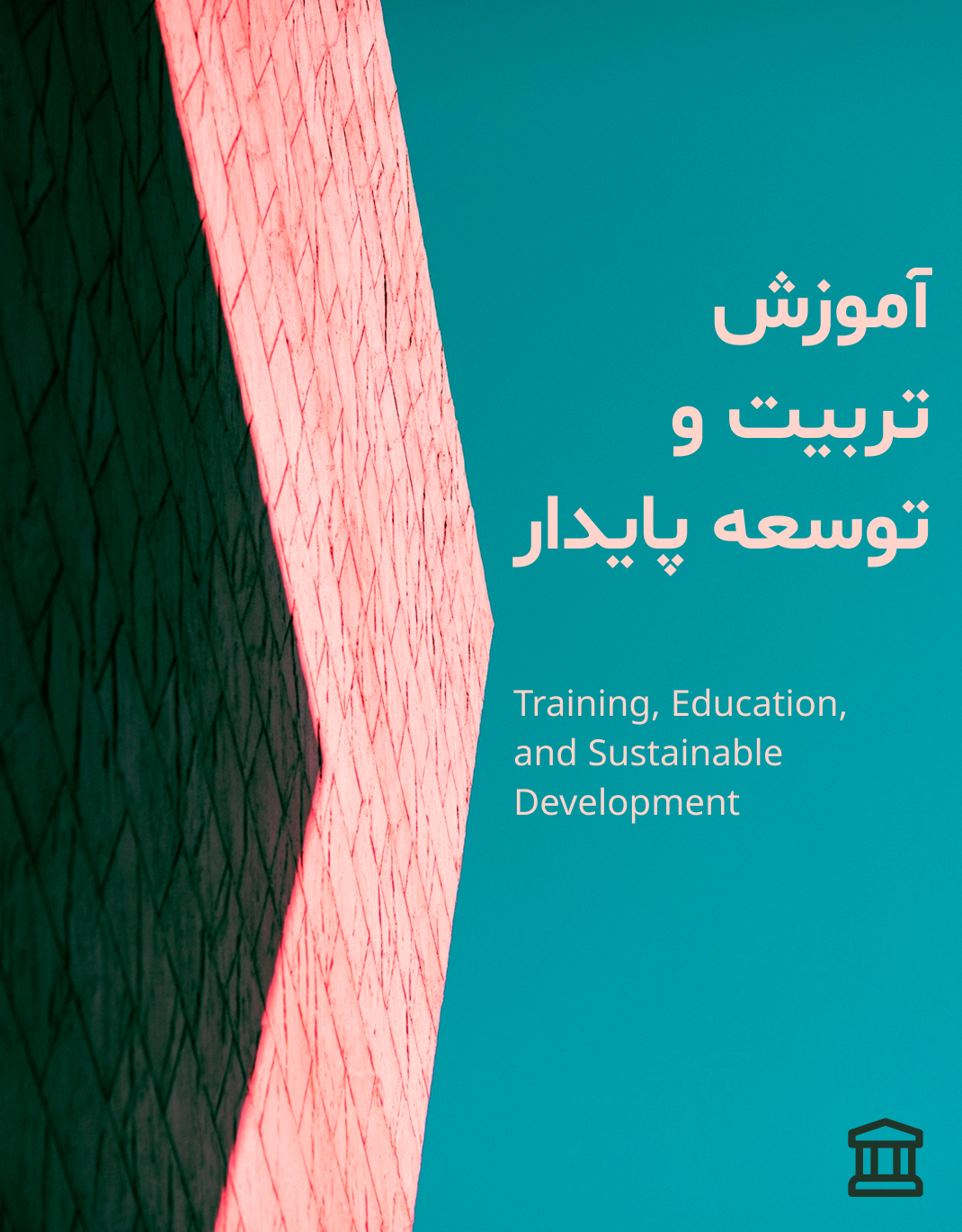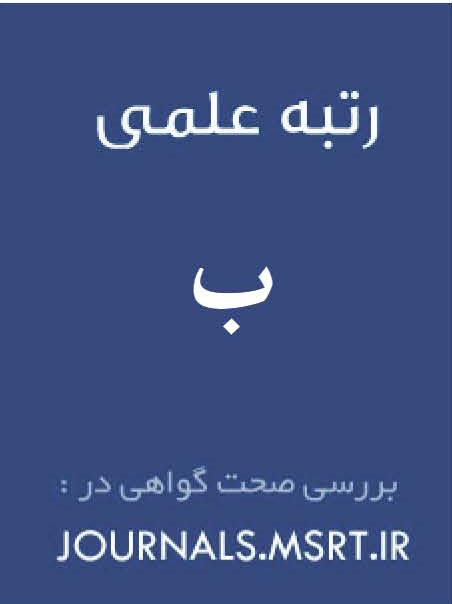A Sociological Analysis of the Impact of Social Networks on Social Vitality among the Youth of Tabriz
Keywords:
Social networks, social vitality, youth, TabrizAbstract
This study aimed to examine the effect of three subscales—amount of use, type of use, and level of trust in social networks—on the social vitality of young people in Tabriz. The study is applied in purpose and quantitative in nature. It employed a survey method using two standard questionnaires: Jahanbani’s (2018) Social Networks Questionnaire with three dimensions (amount of use, type of use, and trust in users) and the Oxford Social Vitality Questionnaire (1989). The statistical population consisted of 230 youths aged 15–30 in Tabriz, selected through chain sampling. Data analysis was conducted using SPSS version 27 and bivariate regression tests. Results indicated that the youth’s social vitality level is high. All three subscales of social networks had a significant effect on social vitality. The amount of use of social networks had the strongest effect (β=0.63, p<0.001), followed by type of use (β=0.53, p<0.001) and level of trust in social network users (β=0.54, p<0.001). Thus, greater use, purposeful engagement, and higher trust within social networks are associated with increased social vitality among youth. The findings suggest that virtual social networks enhance youth social vitality through expanding social capital, improving interpersonal communication, and strengthening trust. Conscious and responsible use of social networks can foster stronger social relationships, personal identity, and cultural development. Conversely, misuse or low trust can diminish social satisfaction and vitality. Promoting digital literacy and constructive engagement in online spaces is therefore essential for sustaining social well-being.
Downloads
References
Afshani, A. (2013). Investigating the level of social happiness among Yazdi youth and its related factors. Journal of Social Analysis, 4(69). https://jgusd.um.ac.ir/index.php/article_41528.html?lang=en
Akhavan Malayeri, F., Noghani, M., & Khorasani, M. (2014). Virtual social networks and happiness. Journal of Media and Culture, 4(2), 24-21. https://mediastudy.ihcs.ac.ir/article_1487.html?lang=en
Ashairi, T., & Parvar, T. J. (2023). Factors affecting social vitality: Meta-analysis of researches. https://rahbordfarhangi.csr.ir/article_155479.html
Atabaki, J., Yarmohammadi, M., & Imamjoma, F. (2025). Components of individual and social happiness from the perspective of Islam and the theories of psychology and sociology. Journal of Interdisciplinary Studies of Jurisprudence(1). https://journals.iau.ir/article_698674.html
Coleman, J. (2018). Foundations of Social Theory. Tehran: Ney Publishing. https://books.google.com/books/about/Foundations_of_Social_Theory.html?id=a4Dl8tiX4b8C
Donyay-e-Eqtesad, N. (2019). Social well-being in Iran. https://donya-e-eqtesad.com
Hezar Jaribi, J., & Moradi, S. (2014). Social vitality and its related factors (a study among students of Allameh Tabatabaei University). Quarterly Journal of National Studies, 15(4), 3-28. https://www.rjnsq.ir/article_97100.html
Jahanbani, N. (2018). Investigating the relationship between networks and social media on the mental health of primary school principals in Chabahar city Master's thesis, Islamic Azad University, Bandar Jask Branch].
Jahanibazeh, A. (2019). Investigating the effect of virtual networks on teachers' social well-being. Journal of Social Work, 1(3). https://civilica.com/doc/1966126/
Kalantari, A., Keshavarz, A., & Momeni, H. (2016). Relationship between social capital and social vitality of Dehloran city youth. Journal of Social Work Research, 3(10). https://rjsw.atu.ac.ir/article_9371.html
Kaspersen, L. (2000). Anthony Giddens: An Introduction in a Social Theorist. Blackwell Publishers. https://www.amazon.com/Anthony-Giddens-Introduction-Social-Theorist/dp/0631207341
Khoshroo, Z., Rahmani Khalili, E., & Turkaman, F. (2022). Teachers' Social Vitality, Support Approach and Social Health. Iranian Sociological Review, 12(4), 1-13. https://iase-jrn.ir/index.php/se/article/view/327?articlesBySimilarityPage=12
Khujir, J. (2020). Investigating factors affecting social well-being among students. Journal of Social Work, 3(12).
Mohseni Tabrizi, A., & Sedaghati Fard, M. (2011). A study on social indifference in Iran, case study: Tehrani citizens. Journal of Applied Sociology, 43(3), 22-21. https://sid.ir/paper/154967/fa
Pantam, R. (2011). Democracy and Civil Traditions. Translated by Mohammad Taghi Delforuz, Tehran, Salam Publishing House. https://jisem-journal.com/index.php/journal/article/download/8759/4031/16284
Rabbani, R., Rabbani, A., Abedi, M., & Ganji, M. (2007). Culture and happiness: A theoretical and empirical approach to the daily lives of household heads in Isfahan. Quarterly Journal of Cultural and Communication Studies, 3(8), 41-78. https://www.sid.ir/paper/118107/fa
Samiei Esfahani, A. R., Pourdanesh, S., & Danesh, H. (2018). Social factors affecting teachers' social vitality (case study). Iranian Association of Sociology of Education, 6(6), 186-200. https://www.ensani.ir/fa/article/590684/
Sharifzadeh, H., Mirmohammadtabar, A., & Adlipour, P. (2017). Study of factors affecting social vitality in Iran. Rahdafan Farhang, 40, 159-180. https://sid.ir/paper/149199/fa
Zare Shahabadi, I., Mobaraki, M., & Ferdowsizadeh, A. (2015). Analysis of the relationship between social vitality and addiction tendency among 18-30 year old youth in Yazd city. Journal of Contemporary Sociological Research, 4(6), 174-145. https://csr.basu.ac.ir/article_1426.html
Downloads
Published
Submitted
Revised
Accepted
Issue
Section
License
Copyright (c) 2025 حسین صفری

This work is licensed under a Creative Commons Attribution-NonCommercial 4.0 International License.

